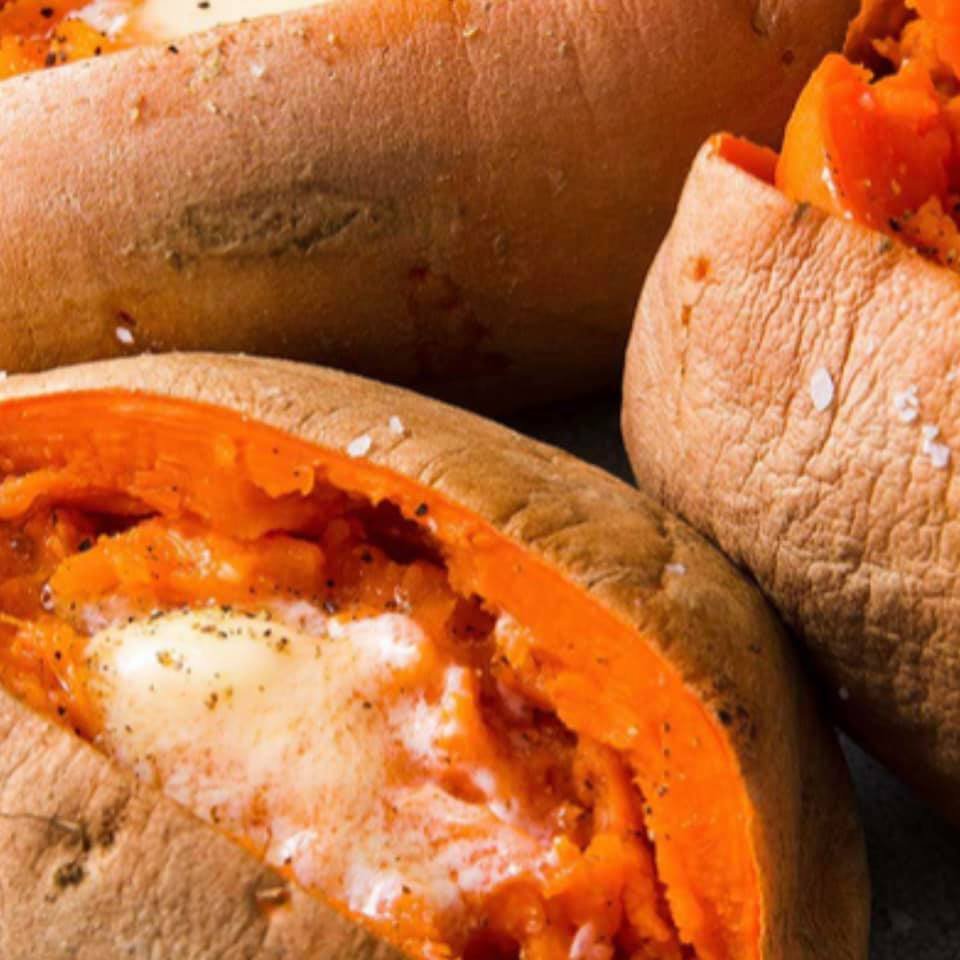This week in Yoga, Pilates and PT. 8th May 2019 it’s all about Posture!
Great posture makes you look and feel more confident, clothes sit better on your frame, you move better, you perform better in sport – it’s a win win win. Read on to find out how we looked at postural work this week in yoga, Pilates and Personal Training.
This week we have worked on strengthening the musculature of the posterior chain (think all the way down your back, bottom and back of legs) whilst opening and stretching the anterior chain (think chest, abdomen, hip flexors , front of thighs).
Yoga:
This week we worked on deepening our understanding of Urdhva Mukha Svanasana or upward facing dog.
Upward facing dog is an difficult pose to get right, especially if the shoulder position is naturally a little rounded so we first worked on opening the chest and mobilising the shoulders. We made good use of the mirrors in the studio to observe those pesky winging scapula and bring them into correct alignment.
But it’s not just about shoulders – the entire trunk both front and back work very hard in this position to keep the correct spinal alignment and prevent over extension in the lower (lumbar) spine. The legs are working hard too to maintain alignment and not roll out. The pose is working the whole body to get the lift and curving extension to the spine. As beginners we stayed for a few breaths, advanced practitioners may stay for several minutes.
Pilates:
This week we worked with single leg kick to work into the glutes (bottom muscles). Again the set up of this exercise is crucial to achieve the correct action into the glutes and hamstrings whilst protecting the lumber (lower) spine. Collapsing through the abdomen or losing the lift of the thighs results in losing the benefits of the exercise altogether. I am certainly feeling aching bottom muscles today!!
Personal Training:
There are many gym exercises that target the posterior chain. For one client we worked on first stretching and opening the chest and then with the bench for the dumbbell reverse fly, among many exercises in this session, which targeted the scapula retractor muscle group. We kept the weights very low and focused on correct set up of the shoulders at the start of each movement. Focus was then on controlled movement and strong scapula retraction. The aim here is to improve posture and counter the hours spent training on the bike – this client is a keen road cyclist and the hours spent in a forward, flexed position on the bike can lead to poor everyday posture if it is not complemented with a balanced program of weights and stretching.
Summary:
Strong functioning glutes, an open chest and strong back are huge contributors to great posture as well as better performance and endurance in your chosen sport.
Great posture makes you look and feel more confident, clothes sit better on your frame, you move better, you perform better in sport – it’s a win win win
As an advanced level 4 personal trainer, and a yoga and Pilates teacher I often combine the synergies of these three disciplines to achieve an end goal. I bring Pilates principles into gym based, weight based exercises, I bring yoga knowledge and breathing into our stretching and cool down. Sometimes you may spot a yoga based movement in a Pilates class and I certainly use Pilates principles in teaching correct yoga asanas (poses).
If you think you could benefit from improved posture and a more targeted personalised approach to your fitness then get in touch.
See testimonials and contact page for details.




